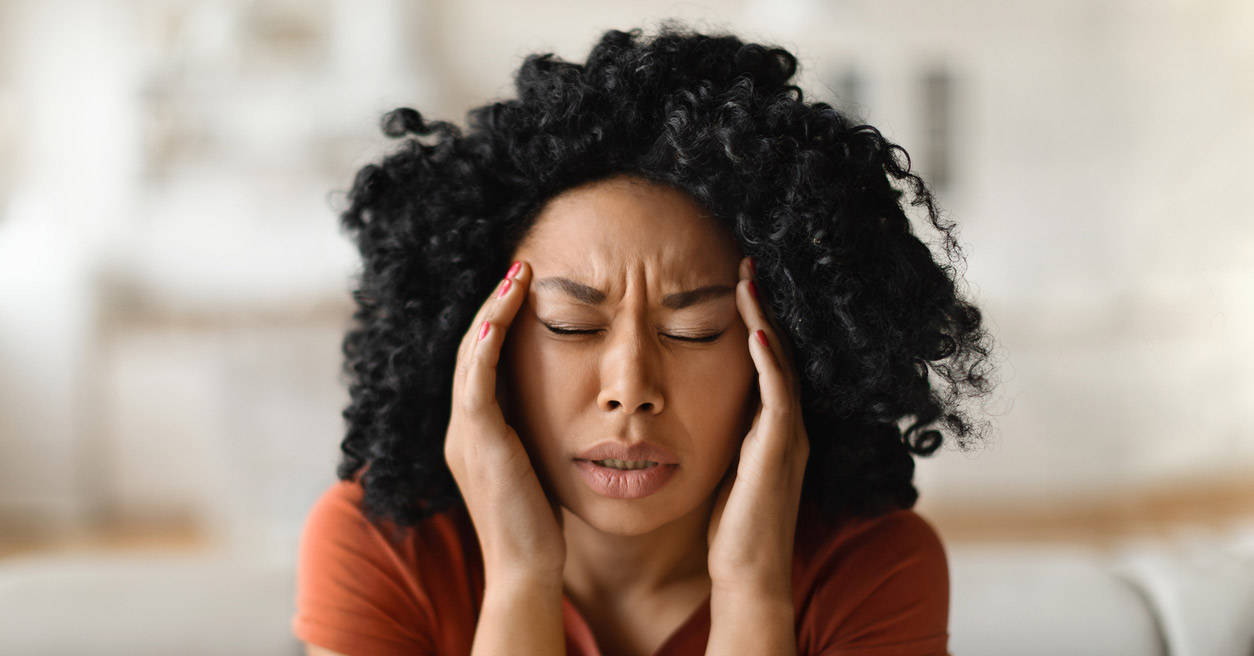Almost everyone will experience headaches during their lifetime, with roughly half of adults reporting at least one episode each year. While many may be transitory, some patients develop recurring or persistent headaches. The most common form is the tension-type headache (TTH), accounting for an estimated 60–70% of all chronic headache cases.
Tension-type headaches are characterized by bilateral, non-pulsatile pain of mild to moderate intensity, typically described as a tightening or pressing sensation lasting from 30 minutes to seven days. Many patients liken the pain to a band-like pressure encircling their head. Unlike migraines, TTH is not associated with nausea or vomiting, and patients can usually tolerate routine physical activity. Some may report sensitivity to either light or noise (but not both), and about 20% experience mild loss of appetite.
There is no specific diagnostic test or imaging finding for TTH. Diagnosis is based on its characteristic symptom pattern—bilateral, pressing pain not worsened by activity combined with the absence of migraine features and exclusion of secondary causes through clinical history, physical exam, and neurological assessment. If red flags are present—such as sudden severe onset, progressive worsening, systemic illness, or neurological deficits—urgent referral to an emergency department or specialist is warranted.
A 2023 study in Musculoskeletal Science & Practice found that many TTH patients also experience neck pain, limited range of motion, and impaired motor control. Palpation of trigger points in the neck muscles or upper cervical joints can often reproduce the headache pain pattern. These findings suggest cervical spine examination is an important component of evaluation, and addressing dysfunction through manual therapies—such as spinal manipulation, mobilization, soft tissue work, and neck-specific exercise—may provide benefit.
Studies have found that manual therapies applied to the cervical region to address trigger points in the muscles and restore normal movement to joints and other soft tissues can reduce the intensity, duration, and frequency of tension-type headaches. However, a multimodal approach that includes modalities, therapeutic exercises, and diet and lifestyle improvements may be necessary to more effectively manage the condition.
